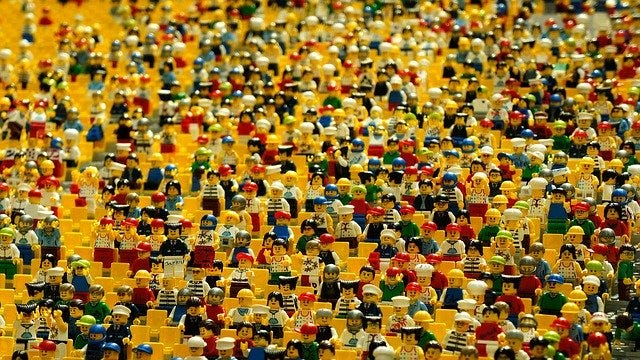
“Bhaiyya, tomorrow is qayamat (apocalypse), everything will finish!” Said a 7-year-old student of mine as he entered my 4th-grade classroom in late 2015. “See this!” he handed me a leaflet full of pictures of mushroom clouds and people running away. Many of these pictures were from popular movies. Someone was handing them out at the end of the road where the school was. And when I looked up at the class most of the kids had these leaflets. Some were being used as napkins, some as paper-planes, and others tucked away shabbily into their pockets. After assuring the kids that there was definitely no apocalypse and asking them to settle down, I forgot all about it.
In 2017 when I was visiting a public school in Bangalore, I found it a little suspicious because there were no girls in school that day. I asked the principal and she said, very calmly, “Today the government is giving iron tablets no, that’s why the girls don’t come”. Very confused, and hence very articulately I said “henh?”
In a very matter-of-fact manner, she showed me her phone and said “See this message that goes to parents. We try very hard to tell them this is wrong but they don’t believe us.” On the phone, on WhatsApp, there was a message with a video that was claiming that iron tablets and deworming tablets make girls infertile. This turned out to be a widespread rumor because the same issue made the headlines about 2000 kilometers away in a village in Haryana in Northern India. Fake news.
Whether you like it or not, we already live in a hyper-connected, post-truth era. The forces spreading misinformation are able to do it faster than ever. With the onset of AI and deep-fake videos, there’s too much to keep track of. Shielding, restricting or banning conversations about fake news will only lead to more harm in the future.
Having honest authentic conversations, coupled with playful activities that engage students helps kids become more informed consumers of information.
Here are some playful activities you can try to teach children about verifying the authenticity of the information they are exposed to:
Two truths and a lie - yeah, you read it right. You probably played this as a party game, but it’s a great one to play with kids. If you’re uncomfortable with the word lie you can make it two truths and a wish. After each round, analyze why some lies/wishes were easy to figure why were some tough and how to analyze a statement step-by-step. More here.
Nat Geo’s Real or Fake? - This is ‘two truths and a lie’ but in a children’s TV show format that makes it a lot of fun to play along with. You can also make your own version of it, giving some time for kids to go search the internet, find verifiable sources and then tell you which is fake.
Moment of huh? - Show them this simple slideshow of images that have been doctored first, then show them this other slideshow and ask them to figure out which are real and which are fake.
BBC has a great game where you can roleplay as a journalist and learn things like verifying sources before posting something. There’s also a teacher guide that’s helpful for having conversations.
A Dutch team along with researchers at Cambridge has developed a game where kids actually make fake news and learn about the bad effects. Counterintuitive I know, but it’s based on the science of inoculation theory.
Most importantly, be a role-model at home - don’t forward things that you don’t verify yourself. Watch some videos like this one from Ted-Ed that can help you learn about misinformation.
There are tonnes of more resources out there like these. So, stay up-to-date, try new activities, and let’s stand together to work against fake news and misinformation.
Have a great weekend!
(We’re at 360 subscribers! if you enjoyed reading this - do share and help us reach more parents!)




I appreciate the clarity and simplicity of this article. The well-organized content made it easy to absorb valuable insights.
https://nsfas-statuscheck.co.za/
Super fun activities to build critical thinking and reasoning. Thank you sharing all the resources.